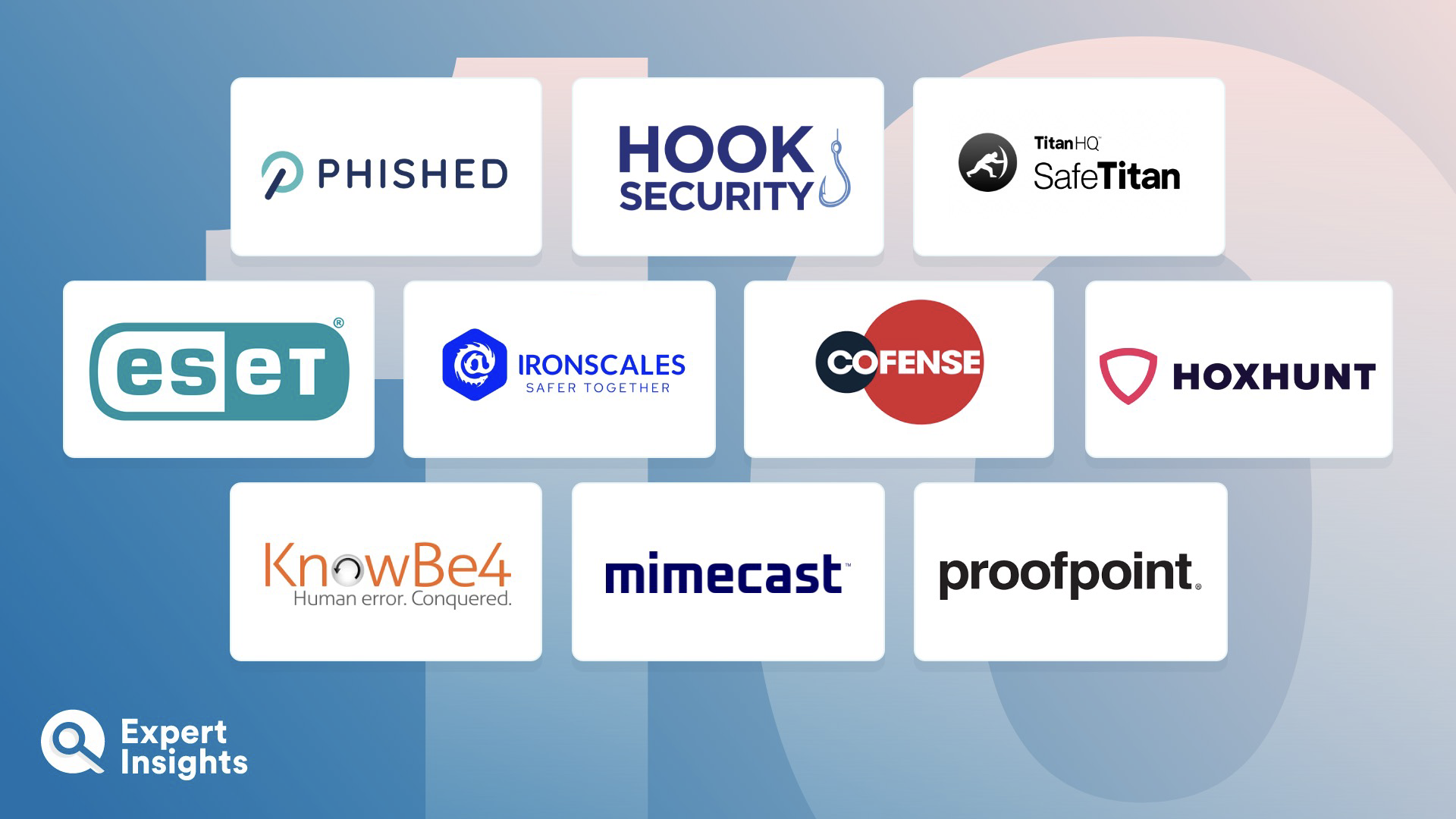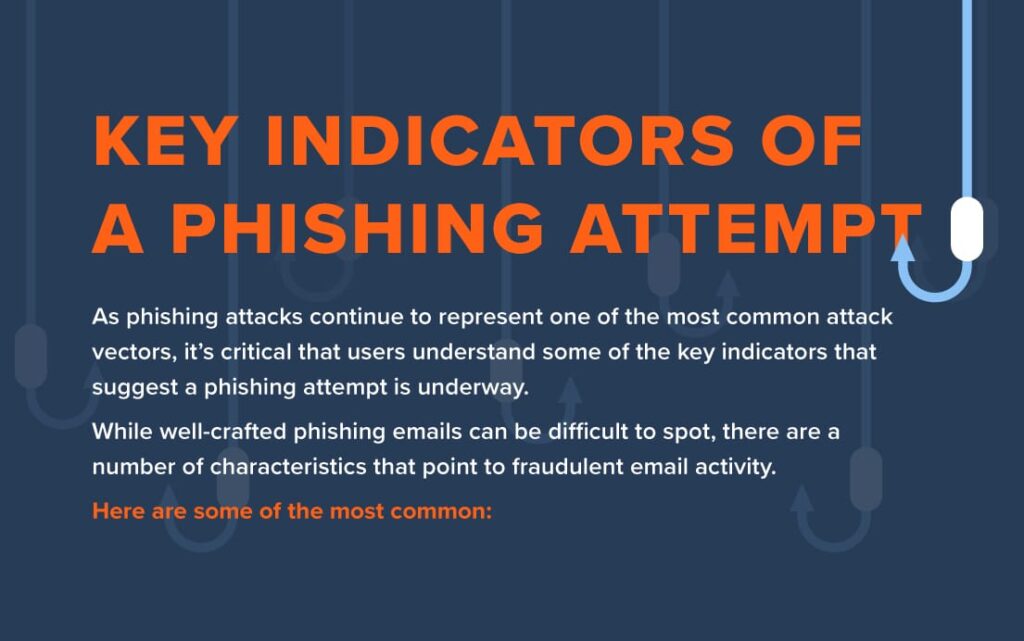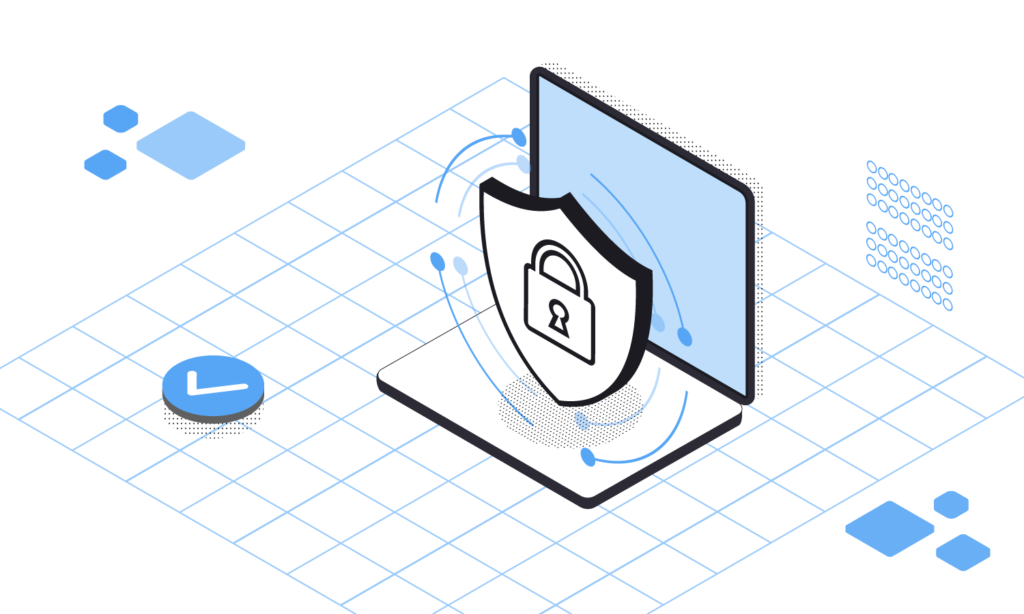As technological advancements continue to shape the way companies do business, cyber security has become an increasingly important part of any successful enterprise. Phishing simulations are among the most effective tools businesses can use to protect themselves against malicious attacks. But how do phishing simulations contribute to enterprise security?
In this article, we will explore the benefits of utilizing phishing simulations to protect an enterprise from cyber threats. We will look at how these simulations can be used to detect and prevent attacks, as well as how they can help to educate an organization’s staff and customers. Additionally, we will discuss the various types of phishing simulations available and the best practices for implementing them.
Phishing simulations help enterprises to test and measure the effectiveness of their security awareness programs and the preparedness of their employees to recognize and respond to a real phishing attack. It enables IT teams to increase the response rate of their users, thus greatly reducing the risk of data theft and security breaches.
Phishing simulations involve sending out fake phishing emails to employees, which are designed to look as realistic as possible. Employees are required to identify the threats and click a link to report the phishing attempt. The IT team can then track the response rate and assess the security awareness of the employees.
What is Phishing Simulation?
Phishing simulations are tests to see how vulnerable an organization is. These simulations involve sending out emails that appear to be from a legitimate source but are actually malicious. The goal of these simulations is to see how many employees fall for the scam and how quickly they are able to detect it. This can be a valuable tool for organizations to identify weaknesses in their security protocols.
A phishing simulation typically involves creating a fake email from a legitimate-looking source. This email is designed to look like it is coming from a trusted source such as a bank, online store, or any other entity. The email will contain a malicious link or attachment that, if clicked, will install malicious software or steal sensitive information. The organization then waits to see how many employees fall for the scam and take the bait.
How Do Phishing Simulations Contribute to Enterprise Security?
Phishing simulations can be a powerful tool for organizations to identify potential security threats and vulnerabilities. By running simulations, organizations can quickly identify which employees are most vulnerable to phishing attacks and which security protocols are not working as they should. This helps organizations to quickly address any potential issues and improve their security protocols, making them less vulnerable to malicious attacks.
Phishing simulations can also help organizations to educate their employees on the dangers of phishing attacks and how to identify and avoid them. By running simulations, organizations can show their employees how to identify malicious emails, how to recognize and report suspicious activity, and how to protect their data from malicious attacks. This can help to reduce the risk of a real attack and help keep organizations secure.
What Are the Benefits of Phishing Simulations?
Phishing simulations can be a valuable tool for organizations to test their security protocols and educate their employees. By running simulations, organizations can quickly identify any potential vulnerabilities and take steps to address them. This can help to reduce the risk of a real attack and keep organizations secure.
In addition, phishing simulations can help to educate employees on the dangers of phishing attacks and how to identify and avoid them. By running simulations, organizations can show their employees how to recognize malicious emails and how to protect their data from malicious attacks. This can help to reduce the risk of a real attack and help keep organizations secure.
What Are the Limitations of Phishing Simulations?
While phishing simulations can be a valuable tool, they do have some limitations. For example, it can be difficult to accurately simulate real-world phishing attacks. Additionally, the results of a simulation may not be representative of how employees would react to a real attack. Finally, phishing simulations may not be able to detect all types of malicious activity.
Conclusion
Phishing simulations can be a valuable tool for organizations to test their security protocols and identify potential vulnerabilities. In addition, phishing simulations can help to educate employees on the dangers of phishing attacks and how to identify and avoid them. However, there are some limitations to phishing simulations, such as difficulty accurately simulating real-world attacks and the potential for simulations to not accurately reflect the response of employees to real attacks.
Frequently Asked Questions
Phishing simulations are designed for organizations to test the security awareness of their staff and prevent them from falling victim to phishing attacks.
What is phishing simulation?
A phishing simulation is an exercise designed to test an organization’s security awareness and help prevent employees from falling victim to phishing attacks. It typically involves sending simulated phishing emails to staff in order to gauge how they react to the emails and identify areas of improvement. The results of the simulation can then be used to implement further training or awareness-raising activities.
The goal of a phishing simulation is to help organizations identify security gaps and vulnerabilities, allowing them to take proactive steps to protect their data and systems. By understanding how staff respond to potential threats, organizations can develop more effective security policies and procedures. Additionally, simulated phishing emails can help organizations detect malicious emails before they can cause any damage.
How do phishing simulations contribute to enterprise security?
Phishing simulations help organizations identify potential vulnerabilities and security gaps, enabling them to take proactive steps to protect their data and systems. By understanding how staff respond to potential threats, companies can develop more effective security policies and procedures. Additionally, simulated phishing emails can help organizations detect malicious emails before they can cause any damage.
Simulated phishing emails also help to educate staff about the dangers of phishing attacks and the importance of good security practices. By providing employees with training and education on how to identify and respond to potential phishing attacks, organizations can reduce their risk of falling victim to an attack. This can help to protect the organization’s data and systems, as well as the personal information of its staff and customers.

Phishing simulations are an invaluable tool for enterprise security. They provide organizations with the necessary insight to identify potential vulnerabilities and weaknesses in their security protocols. By simulating potential phishing attacks, companies can quickly identify and address any potential security risks before they cause harm. This proactive approach to security helps to ensure that the company is protected from any malicious actors.
Overall, phishing simulations are an integral part of any enterprise security plan. By simulating potential attacks, companies can quickly identify any weak points in their security protocols and take steps to rectify them. By utilizing phishing simulations, companies can significantly reduce the risk of a successful attack and ensure the safety of their data and network.



